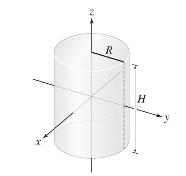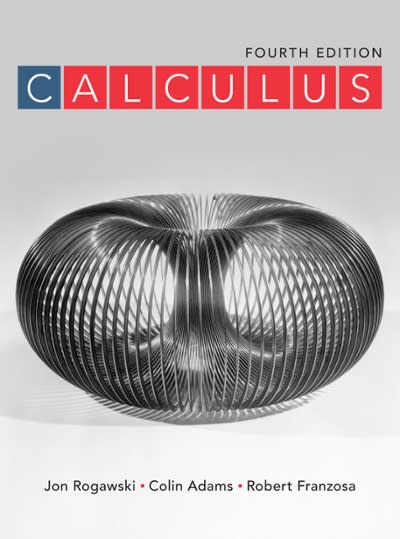The yo-yo in Figure 19 is made up of two disks of radius r = 3 cm
Question:
The yo-yo in Figure 19 is made up of two disks of radius r = 3 cm and an axle of radius b = 1 cm. Each disk has mass M1 = 20 g, and the axle has mass M2 = 5 g.
(a) Use the result of Exercise 47 to calculate the moment of inertia I of the yo-yo with respect to the axis of symmetry. Note that I is the sum of the moments of the three components of the yo-yo.
Exercise 47
Prove the formula for the right circular cylinder in Figure 18.

Iz = 1/2 MR2
(b) The yo-yo is released and falls to the end of a 100-cm string, where it spins with angular velocity ω. The total mass of the yo-yo is m = 45 g, so the potential energy lost is PE = mgh = (45)(980)100 g-cm2/s2. Find ω using the fact that the potential energy is the sum of the rotational kinetic energy and the translational kinetic energy and that the velocity v = bω since the string unravels at this rate.

Step by Step Answer:






